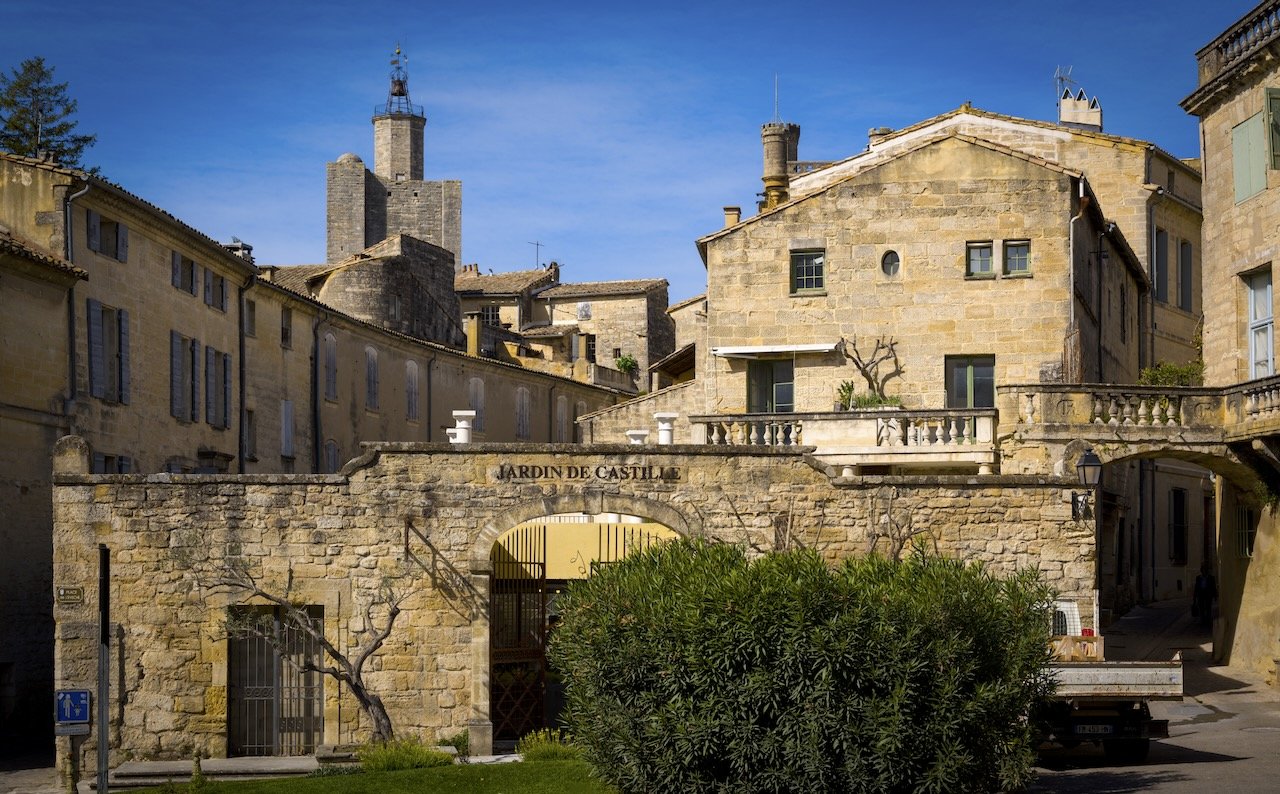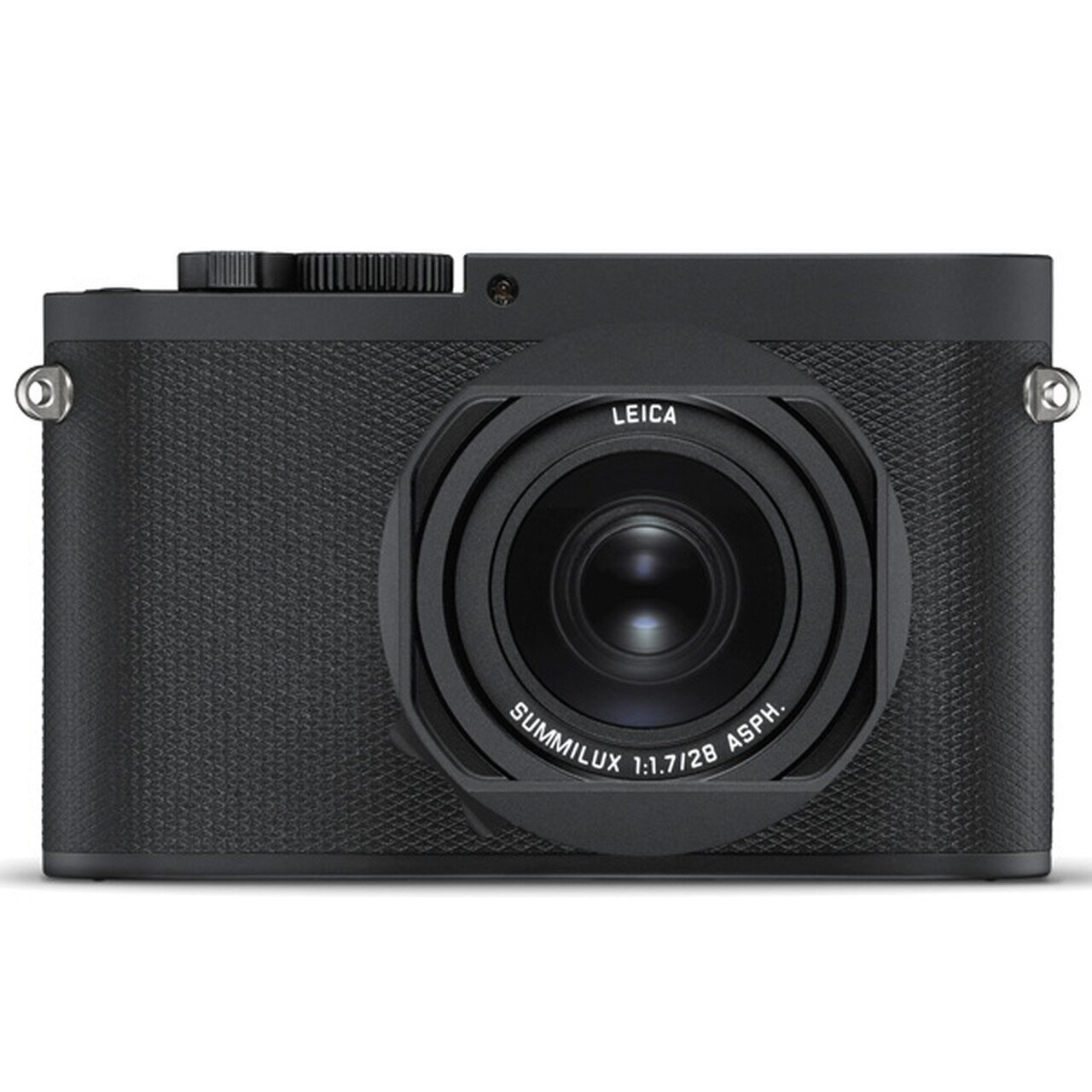
From Provence to Bologna to Venice:Part One.
A winter journey from Provence to Bologna and on to Venice, exploring the world’s oldest university, wandering Murano’s quiet evening streets, and discovering the Venice most visitors never see. From 25,000-step days through back alleys and the Jewish Ghetto to the emerging university district reclaiming old warehouses, this is a witty, thoughtful travel photography narrative that reveals why Venice keeps pulling me back. Stay tuned for upcoming posts on Murano’s glassmakers and a sunlit walk along the Grand Canal.




